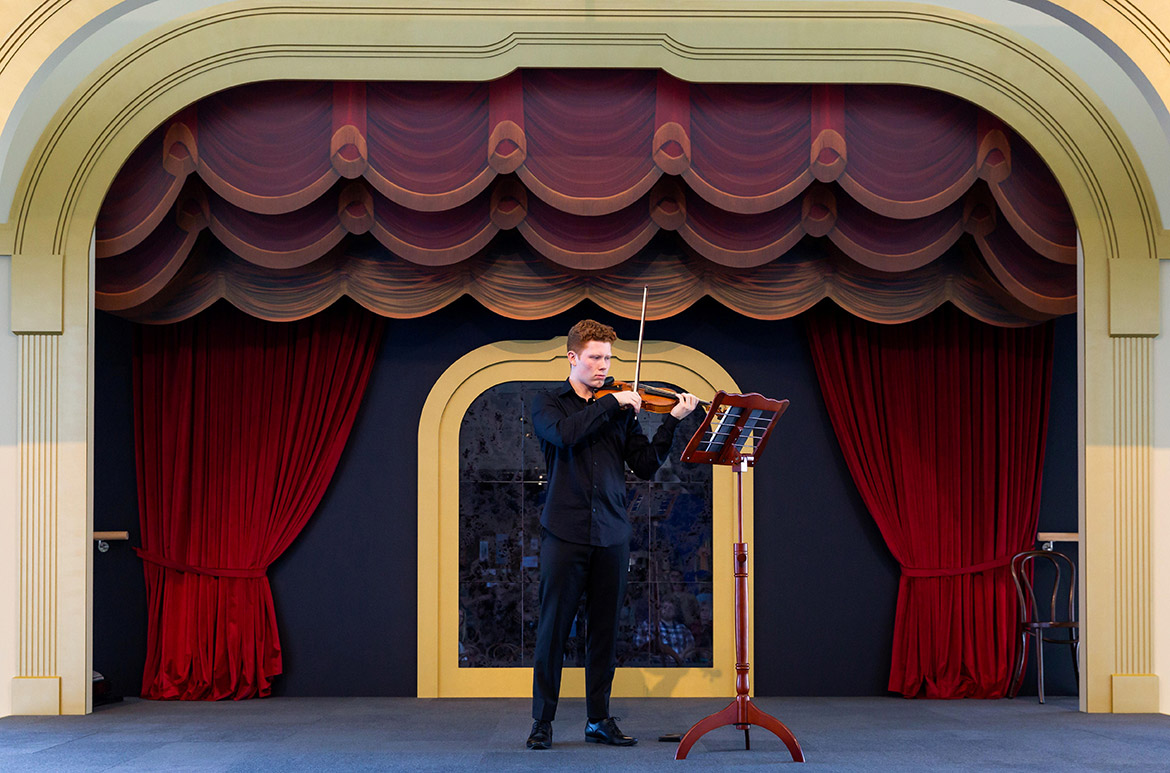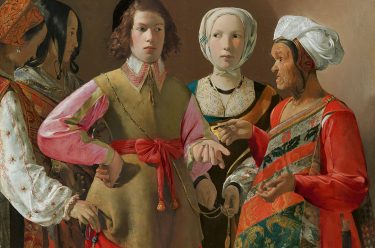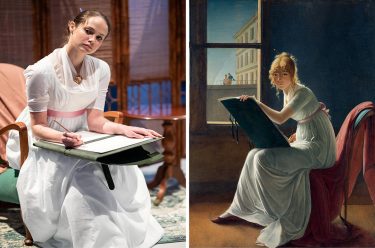While the masters Rembrandt (1606-69), Turner (1775-1851), Degas (1834-1917) and Monet (1840-1926) were painting their way into art history, European music was also undertaking an evolutionary transformation. Over the 500-year lifespan of ‘European Masterpieces from the Metropolitan Museum of New York’, some of the most famous composers wrote their timeless classics, including Bach (1685-1750), Mozart (1756-91), Beethoven (1770-1827) and Schumann (1810-56).
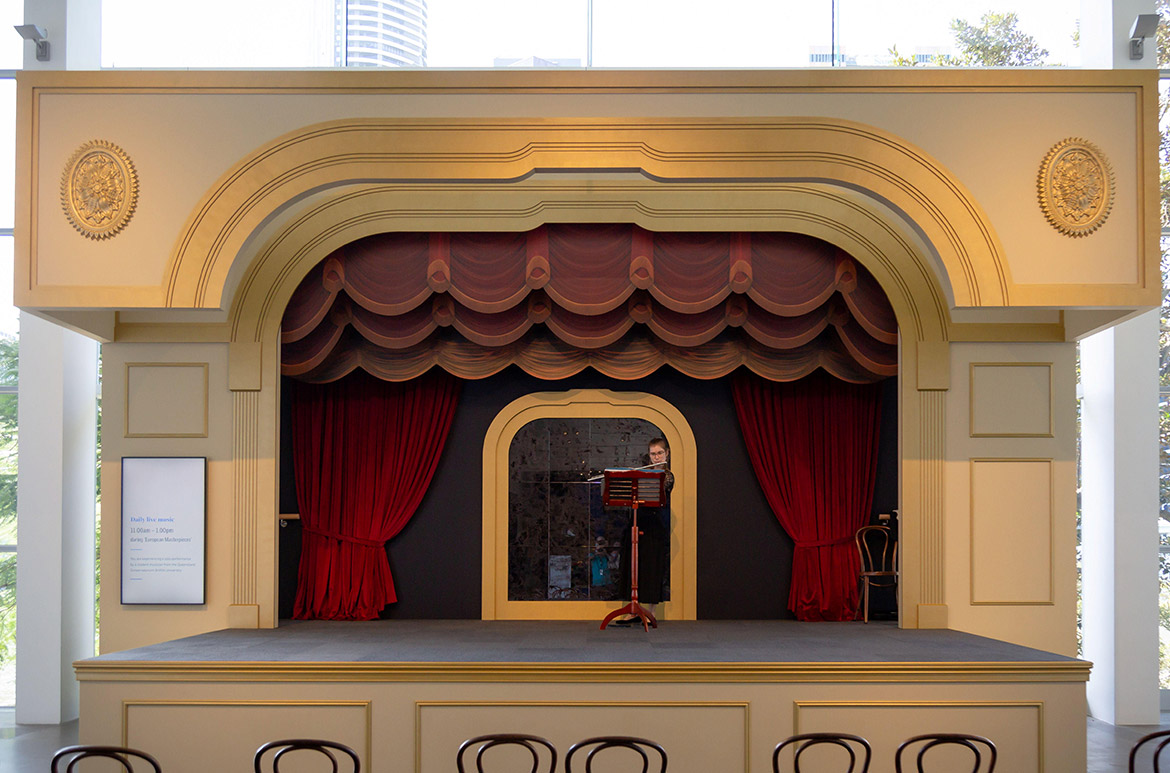

Explore the composers and distinct sounds from each period on our curated ‘European Masterpieces‘ playlists on QAGOMA Spotify. Four distinct periods of music correlate with the ebb and flow of a slowly modernising Europe — Renaissance (1400-1600), Baroque (1600-1750), Classical (1750-1830) and Romantic (1830-1900). The invention of the printing press in 1440 allowed music to be distributed more widely and develop from its primarily devotional function in the Church, into a vehicle of personal expression, art and entertainment.
Music began to be enjoyed more often in both private and public settings, the grand opera houses of Europe were built, the first symphonies scored and several ground breaking new instruments were made, including the violin from the early 16th century, viol — from the Renaissance and Baroque periods, typically six-stringed, held vertically and played with a bow, and the classical guitar from 1852. These instruments feature in works across the exhibition.
LIST OF WORKS: Discover the artworks
THE STUDIO: Artworks come to life
DELVE DEEPER: More about the exhibition
WATCH: The Met Curators highlight their favourite works
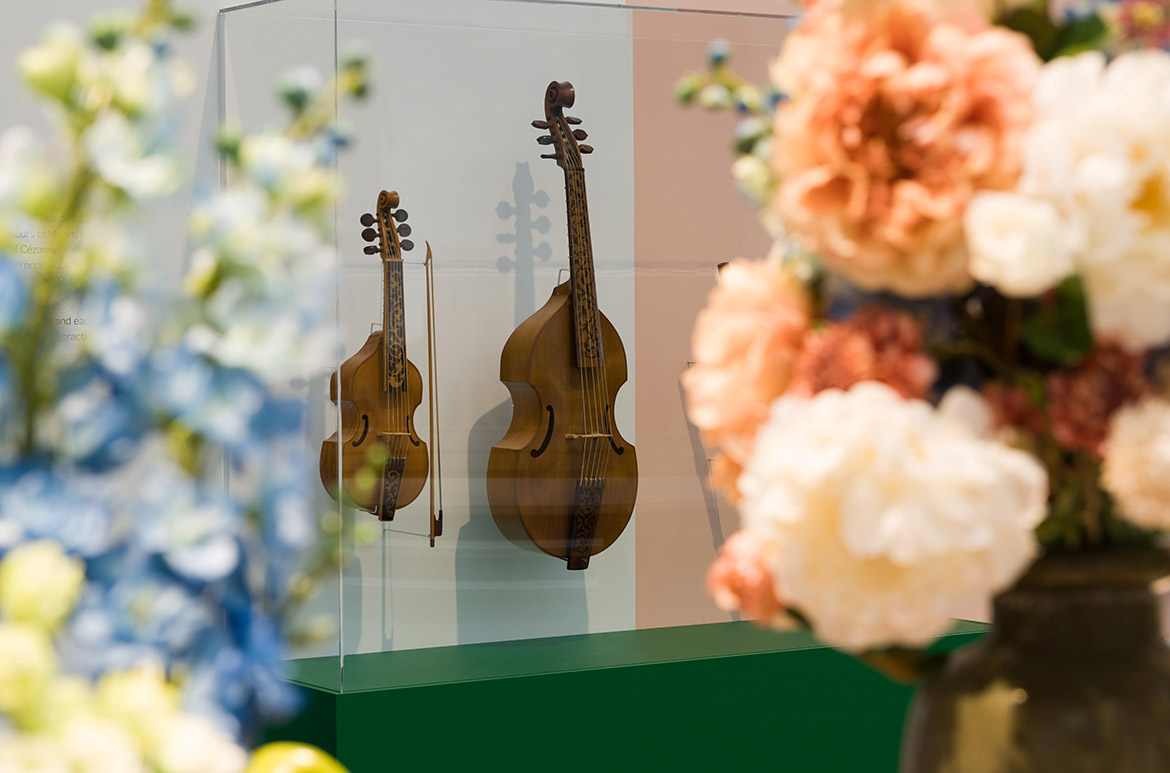
Musicians, music, singing and love
Caravaggio ‘The Musicians’ 1597
Caravaggio was 26 and newly arrived in Rome when he was commissioned by Cardinal Francesco Maria del Monte to paint this work. With its tightly grouped assembly of beautiful young men and an attendant winged Cupid, the painting is an allegory of music and love. It is thought that the cornetto player, who meets our gaze so directly, is modelled upon Caravaggio himself. Spurning the idealising impulses of his contemporaries, Caravaggio began to revolutionise painting with his naturalistic approach. His sitters were ordinary Romans drawn from the streets or taverns, and in this painting his composition places them on the edge of the picture plane, as if we share the space they occupy.
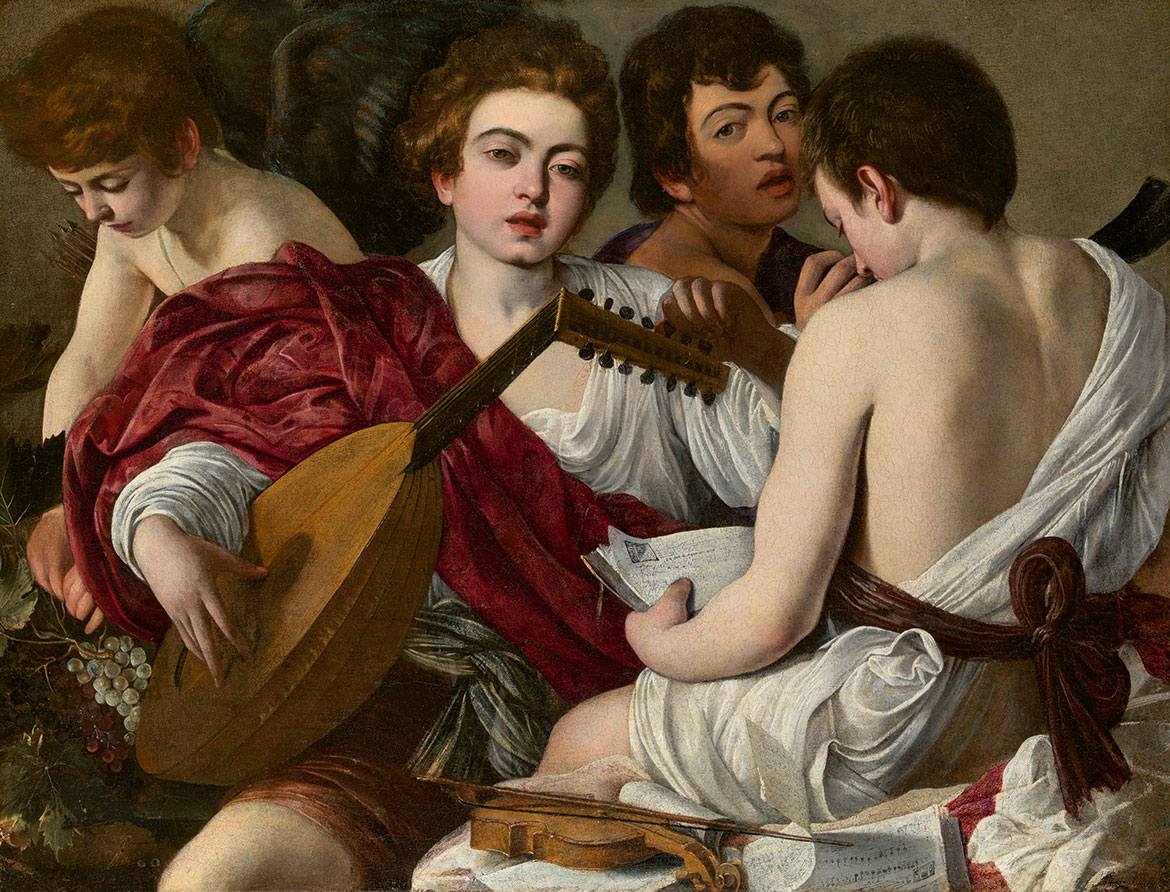
Simon Vouet ‘Woman Playing a Guitar’ c.1618
The rich drapery and sensuous nature of this painting are characteristic of Simon Vouet’s work. After travelling to Venice, where he discovered Paolo Veronese and Titian, Vouet spent the following 14 years in Rome. There he absorbed the lessons of Caravaggio and Annibale Carracci, evident in this painting’s dramatic lighting and lush colours.

Gabriël Metsu ‘A Musical Party’ 1659
This domestic scene of A Musical Party focuses on a group of three amateur musicians who have gathered to play, which was a common pastime often associated with courtship. Gabriël Metsu has paid great attention to the details of the musicians’ clothing, the sheets of music and the light that falls on the central figures. A young maid watching from the rear holds a tray of drinks, while the swords, rugs and other accoutrements in the foreground are suggestive of wealth and comfort.
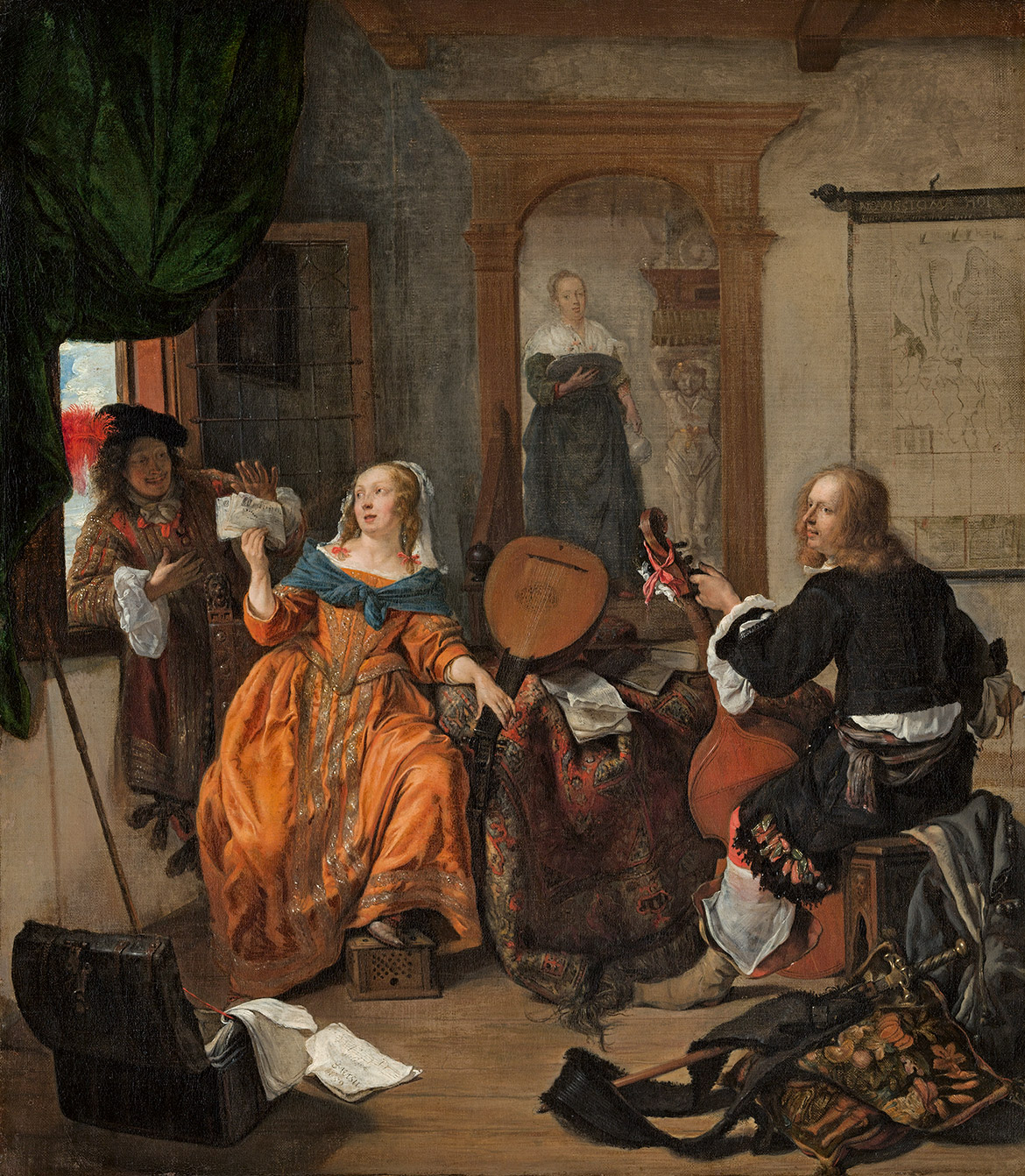
Jan Steen ‘Merry Company on a Terrace’ c.1670
Jan Steen is known for his scenes of everyday life. Among the revellers here, who have gathered to play and sing, the central female figure may be the artist’s second wife. Her disarray and empty wineglass indicate that she, like her friends, has been drinking freely. Steen himself is included on the left, wearing an eccentric hat and innkeeper’s apron, and another figure identifiable as Hanswurst (a popular figure in Germany comedy) has a sausage in his cap. Steen’s paintings are unique in their wry humour, and often combine real life with elements from the stage or literature, mixing ordinary dress with theatrical costumes. His attention to detail and skill at conveying subtleties of expression are evident in this engaging painting.

Antoine Watteau ‘Mezzetin’ c.1718–20
Mezzetin is a character belonging to the plays of the commedia dell’arte, a form of theatre that originated in Italy and was popular in Paris. His costume included a floppy hat, short cape, striped jacket and a neck ruff. Mezzetin appeared frequently in Antoine Watteau’s paintings as a symbol of the bittersweet melancholy of unrequited love.
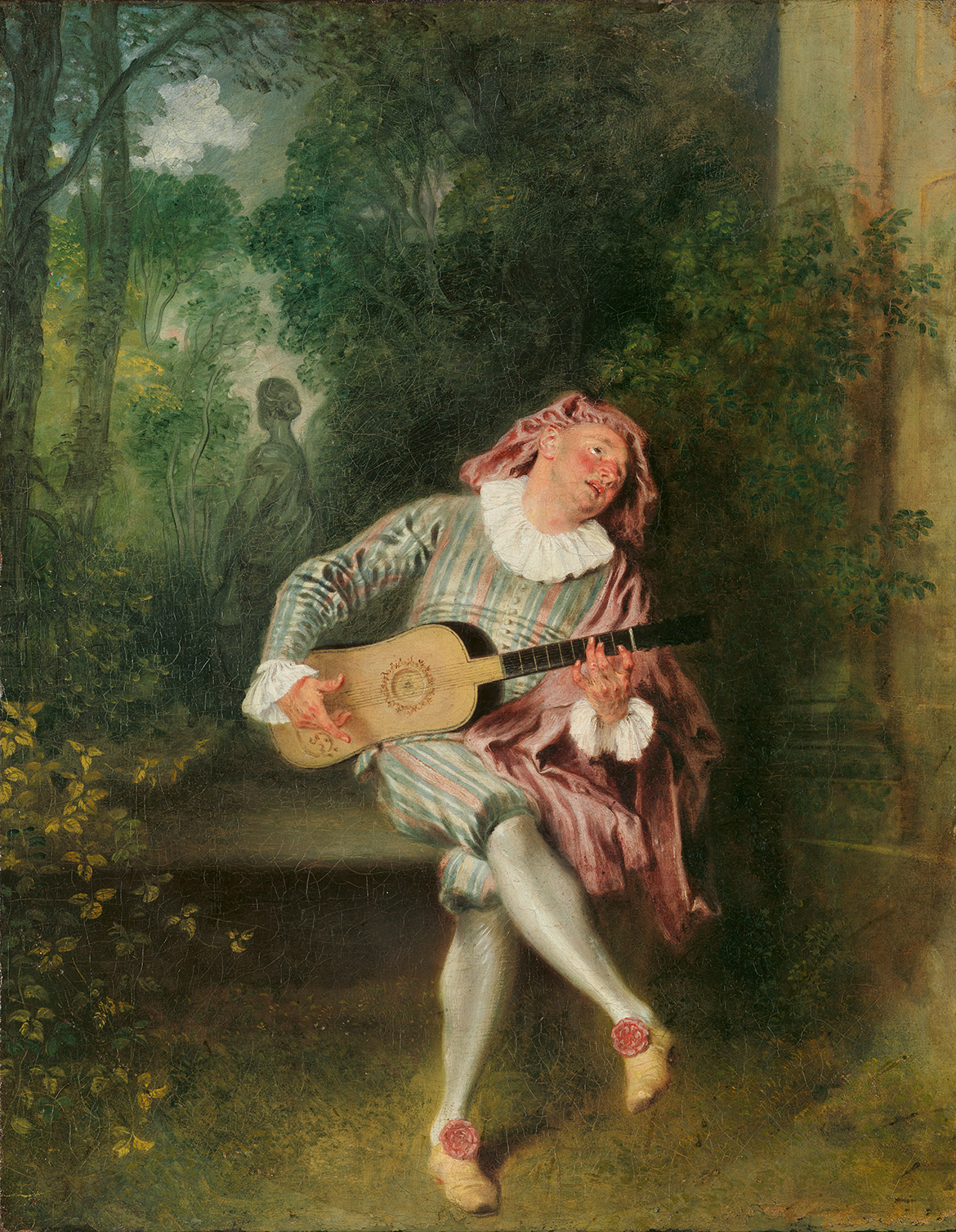
Watch our time-lapse as The Studio comes to life
This Australian-exclusive exhibition was at the Gallery of Modern Art from 12 June until 17 October 2021 and organised by The Metropolitan Museum of Art, New York, in collaboration with the Queensland Art Gallery | Gallery of Modern Art and Art Exhibitions Australia.
Featured image: The Paris Opera is activated daily
#QAGOMA #TheMetGOMA
